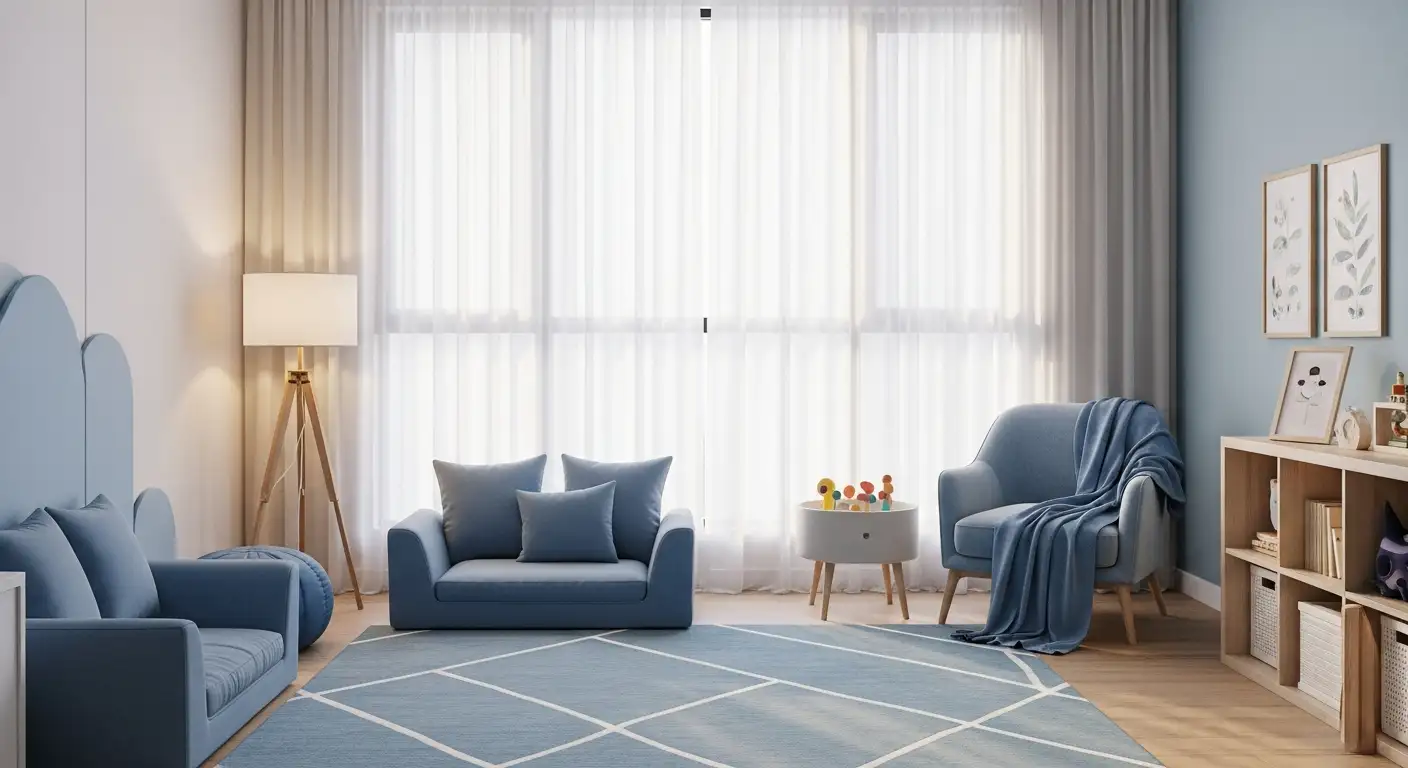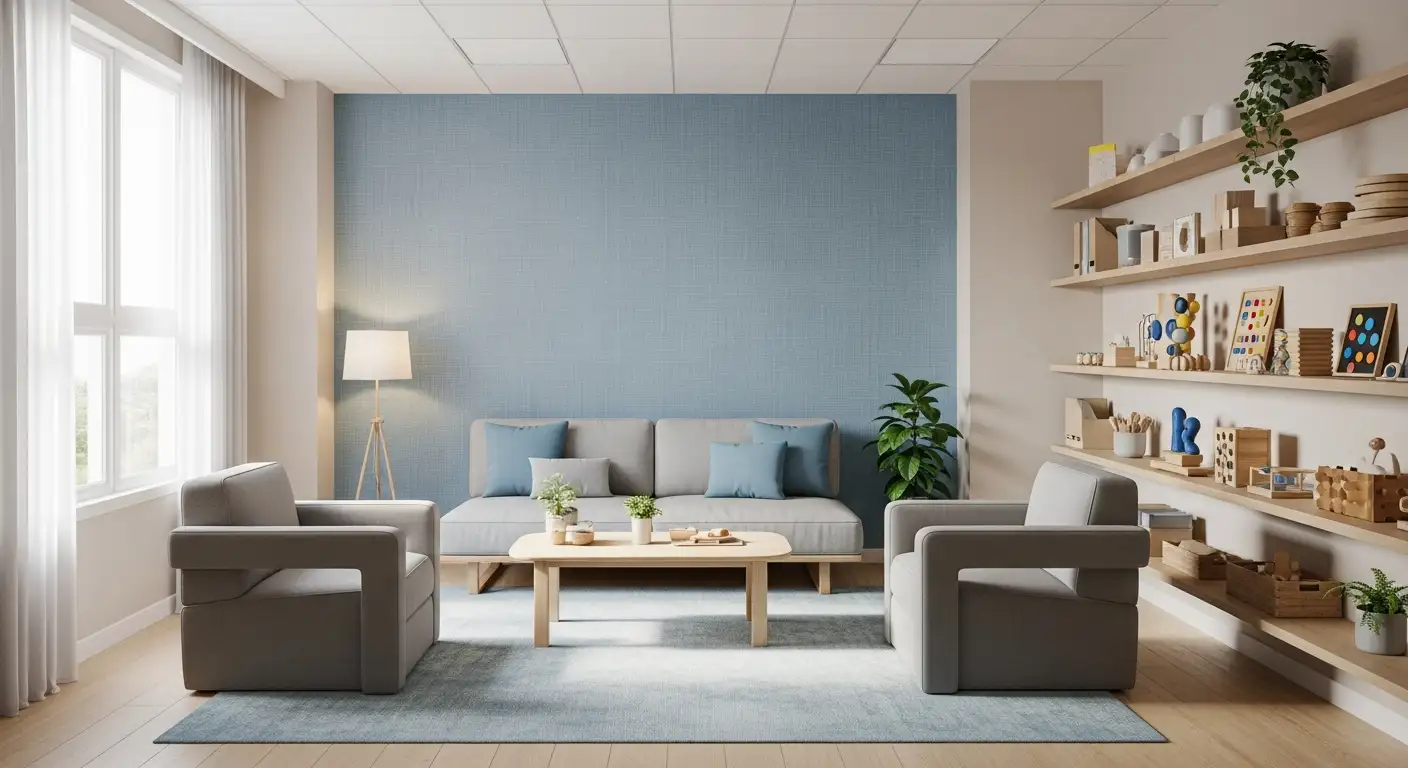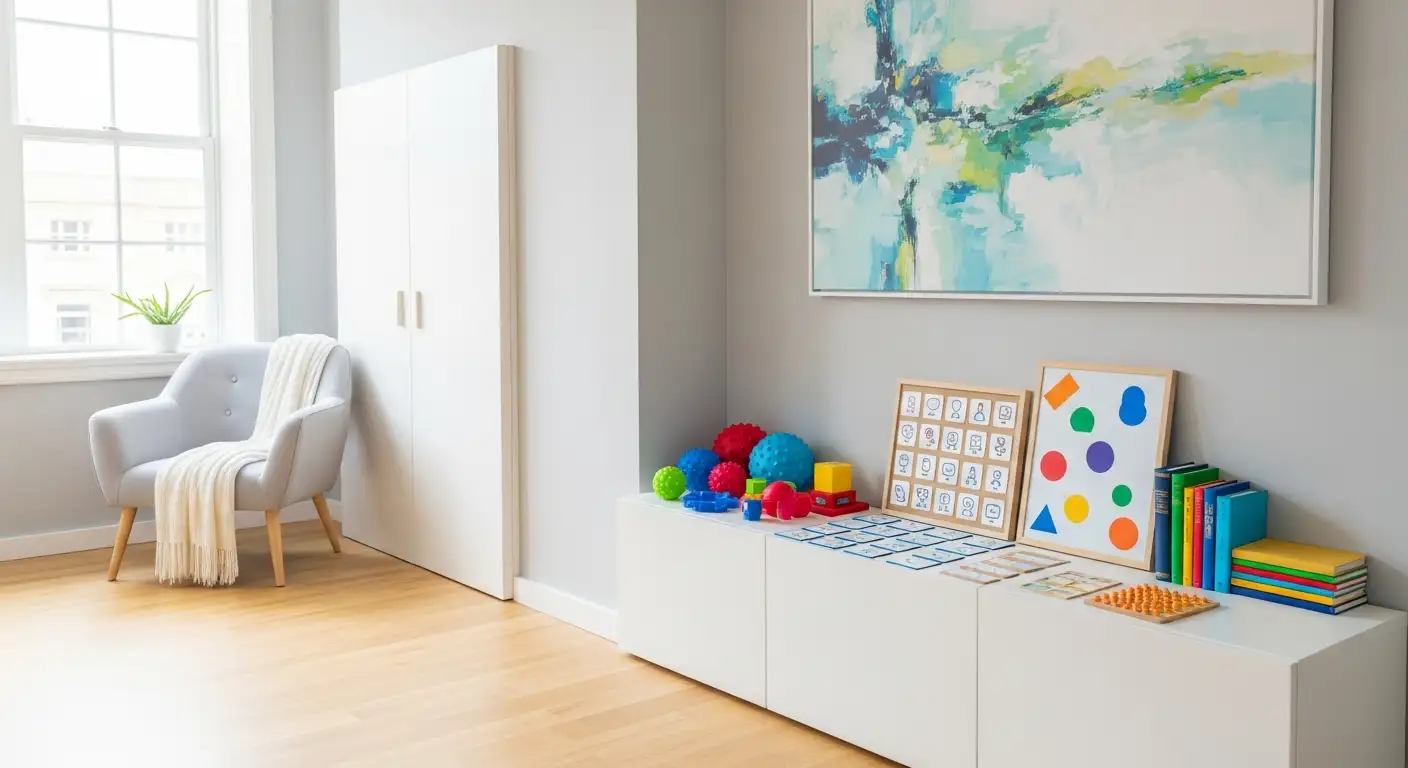Teaching non-verbal children can be a challenging yet rewarding experience, especially when utilizing Applied Behavior Analysis (ABA) therapy. One of the most effective strategies within ABA is the use of visual support. These tools can help enhance communication, learning, and overall development for children with limited or no verbal skills. In this article, we will explore the significance of visual support in ABA therapy, particularly for non-verbal children, and how parents can find in-home ABA therapy services near me to maximize their child's potential.
Understanding Non-Verbal Communication
Nonverbal communication encompasses a range of methods through which children express their thoughts, needs, and feelings without using words. These can include gestures, facial expressions, body language, and visual aids. For nonverbal children, especially those on the autism spectrum, relying on verbal communication can be limiting and frustrating. This is where visual support becomes invaluable.
What Are Visual Supports?
Visual supports are any tools that convey information visually, aiding understanding and communication. They can take many forms, including:
- Picture schedules: Help children understand daily routines and transitions.
- Communication boards: Allow children to select images to express their needs and wants.
- Social stories: Narratives that describe social situations and appropriate responses.
- Visual prompts: Images that provide cues for specific actions or behaviors.
Visual supports can be customized to fit each child's unique needs and learning styles, making them an essential component of effective ABA therapy.
Benefits of Visual Supports in ABA Therapy
Enhancing Communication
For non-verbal children, visual supports offer an alternative means of communication. Using picture exchange communication systems (PECS) or communication boards allows children to express themselves without the need for spoken language. This can significantly reduce frustration and help children feel heard and understood.By incorporating visual supports into ABA therapy sessions, therapists can teach children how to use images to request items, ask questions, or express feelings. As children become more adept at using these tools, their confidence and willingness to communicate increase, leading to more meaningful interactions.
Promoting Independence
Visual supports encourage independence in Teaching Non-Verbal Children by providing them with clear, step-by-step instructions. For instance, using a visual schedule can help children understand what to expect throughout their day, from waking up to bedtime routines. This predictability can be comforting and reduces anxiety related to transitions.

When children can refer to visual schedules or prompts to complete tasks, they are empowered to manage their activities more independently. This autonomy fosters self-confidence and encourages children to take initiative in various settings, whether at home, in school, or in the community.
Supporting Learning
Visual supports play a crucial role in the learning process for Teaching Non-Verbal Children. They help break down complex concepts into manageable visual steps, making it easier for children to grasp new information. For instance, when teaching daily living skills, visual aids can provide a precise sequence of actions, making it more likely that children will successfully learn and retain the skills.In the context of ABA therapy, therapists can use visual supports to reinforce learning through repetition and practice. By visually representing desired behaviors, such as sharing or taking turns, therapists can effectively teach and reinforce these skills, ultimately leading to improved social interactions.
Increasing Engagement
Non-verbal children often benefit from engaging, interactive learning experiences. Visual supports can capture their attention and make therapy sessions more enjoyable. For example, colorful pictures or interactive boards can encourage participation and motivate children to engage with the material.By incorporating visually stimulating elements into ABA therapy, therapists can create a more dynamic learning environment. This increased engagement can lead to more productive therapy sessions and a greater willingness from children to participate in their learning process.
Implementing Visual Supports in ABA Therapy
To effectively incorporate visual supports into ABA therapy, therapists and parents should consider the following steps:
Assess Individual Needs
Every child is unique, and their needs will vary. Conducting a thorough assessment of each child's abilities, preferences, and challenges is essential. This will help determine which visual supports will be most effective for the individual.
Choose Appropriate Visual Supports
Once needs are assessed, selecting the proper visual supports is crucial. Parents and therapists should choose tools that align with the child's communication goals and learning objectives. For instance, if a child struggles with transitions, a visual schedule may be beneficial. If the goal is to enhance communication, a communication board could be more suitable.
Consistency is Key
Consistency in using visual supports is vital for their effectiveness. Incorporating these tools across various settings—such as home, school, and therapy sessions—can reinforce learning and communication. Parents should work closely with therapists to ensure that visual supports are consistently implemented in all areas of the child's life.
Monitor Progress and Adjust as Needed
It is essential to monitor the child's progress with visual supports regularly. This involves assessing how effectively the child is using these tools and whether they are achieving their communication and learning goals. If a particular visual support is not yielding the desired results, it may be time to adjust the strategy or try new supports.
Finding In-Home ABA Therapy Services Near You
Parents seeking the best ABA therapy for their non-verbal children can benefit from in-home ABA therapy services near me. This approach offers personalized support in the familiar environment of the child's home, making it easier to integrate visual supports into everyday routines.To find reputable in-home ABA therapy near me, consider the following steps:
Research Local Providers
Start by researching local ABA therapy providers that offer in-home services. Look for providers with a strong reputation and positive reviews from other parents.
Ask About Experience with Non-Verbal Children
When contacting potential providers, inquire about their experience working with non-verbal children and their use of visual supports in therapy. A provider with a solid understanding of these strategies will be better equipped to meet your child's needs.
Schedule Consultations
Many providers offer initial consultations to discuss your child's specific needs. This is an excellent opportunity to assess their approach to therapy, ask questions, and determine if they are a good fit for your family.
Collaborate with Your Child's Team
If your child is already receiving therapy in another setting, such as school, collaborate with their team to ensure a cohesive approach. Sharing information about visual supports and strategies can lead to more consistent and effective therapy.
Conclusion
Visual supports play a crucial role in teaching non-verbal children within the framework of ABA therapy. By enhancing communication, promoting independence, supporting learning, and increasing engagement, these tools can significantly impact a child's development and overall quality of life. For parents seeking effective ABA therapy, especially in the comfort of their home, exploring in-home ABA therapy services near me is an excellent option to consider. By utilizing the power of visual support and working with skilled professionals, parents can help their non-verbal children reach their full potential. With a focus on personalized care, Double Care ABA provides ABA therapy programs designed for children on the autism spectrum. Our technology-driven approach ensures tailored support to help your child reach new milestones. Reach out today to learn more!
FAQs
What are visual supports?
Visual supports are tools that use visual aids to help children understand information, communicate their needs, and learn new skills. They can include picture schedules, communication boards, social stories, and visual prompts.
Why are visual supports necessary for non-verbal children?
Visual supports provide an alternative communication method for non-verbal children, helping them express themselves and understand their environment. They enhance learning, promote independence, and reduce frustration associated with communication barriers.
How can visual supports enhance communication for non-verbal children?
Visual supports allow nonverbal children to communicate their needs, wants, and feelings using images or symbols. This method reduces reliance on verbal communication, making it easier for them to express themselves effectively.
What types of visual supports are most effective for non-verbal children?
The effectiveness of visual supports can vary by child. Commonly used supports include picture exchange communication systems (PECS), visual schedules for routines, and communication boards that feature pictures or symbols representing different concepts.
How can parents incorporate visual supports at home?
Parents can create visual schedules for daily routines, use communication boards for requests, and develop social stories to prepare their children for new experiences. Consistent use across home and therapy settings helps reinforce learning.
Can visual supports be customized for individual needs?
Yes, visual supports can and should be tailored to meet each child's unique needs. Parents and therapists should collaborate to create visual aids that resonate with the child's interests and communication goals.
How do I find in-home ABA therapy services near me?
To find in-home ABA therapy services, research local providers, read reviews, and ask for recommendations. Many providers offer consultations to discuss your child's specific needs and how they can implement adequate visual support.
What qualifications should I look for in an ABA therapist?
When selecting an ABA therapist, look for qualifications such as a Board Certified Behavior Analyst (BCBA) certification, experience working with non-verbal children, and a demonstrated understanding of visual supports in therapy.
How can I ensure consistency in using visual supports?
To ensure consistency, incorporate visual supports into daily routines and collaborate with your child's therapy team. Use the same visual aids across different environments (home, school, etc.) to reinforce learning and communication.
What should I do if my child is not responding well to visual supports?
If your child is not responding well to specific visual supports, it may be beneficial to reassess their needs and preferences. Consult with their therapist to explore alternative supports or strategies that may be more effective.















